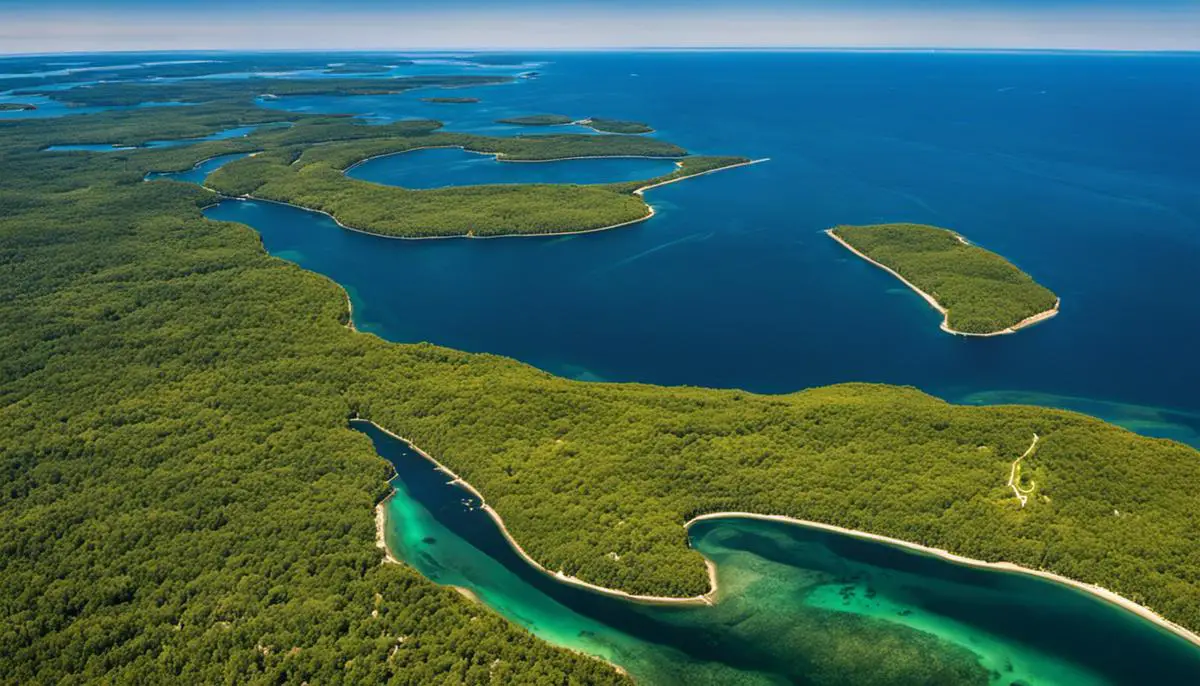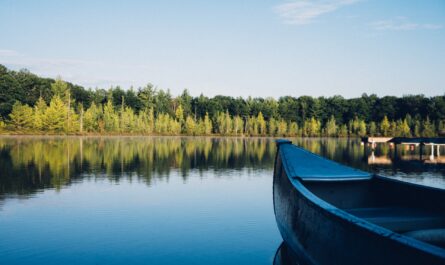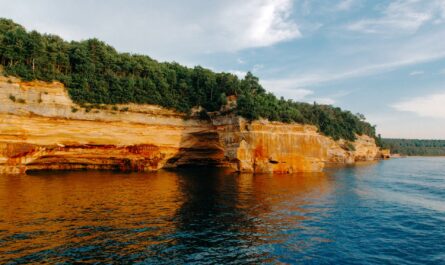What are the Great Lakes Names? It’s a question that stumps students and adults alike. We will do a bit of exploring these huge lakes in the heart of North America; the Five Great Lakes- Lake Michigan, Lake Huron, Lake Erie, Lake Ontario, and Lake Superior – hold pride as one of the world’s most awe-inspiring natural wonders. Each brings its character, charm, and sense of depth, covering various geographical features, rich cultural histories, and tropical ecosystems. This discourse uncovers the secrets hidden beneath the lakes’ serene surfaces, plunging into an exciting exploration characterized by breathtaking scenic views, diverse flora and fauna, and local attractions that stir the soul and inspire the mind.
Table of Contents
The Great Lakes Seen From Space
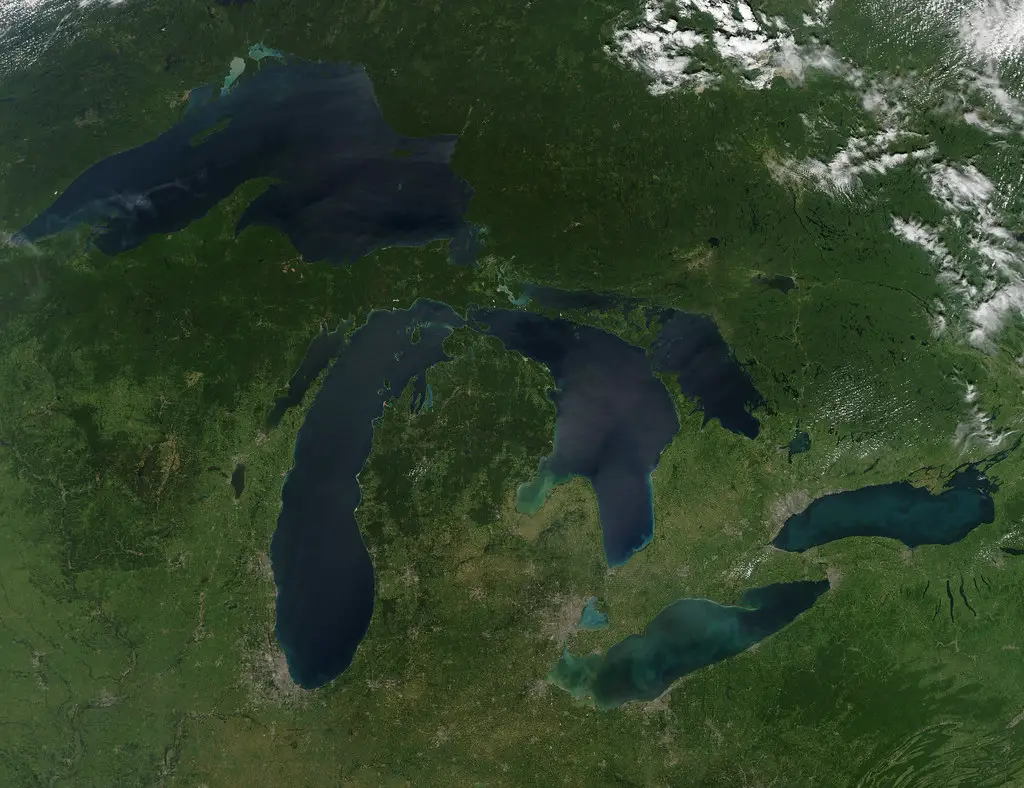
What Are The Names of The Great Lakes
Hello, adventurous spirits! Today, let’s embark on a virtual journey to one of the most beautiful corners of North America. This magical destination is none other than the mesmerizing Five Great Lakes. These sprawling aquatic wonderlands come with their own distinctive flavors, each uniquely sparkling with picturesque beauty! So, let’s dive right in and explore what each of these charming lakes has to offer.
Lake Superior

Opening the list of the 5 Great Lakes is the resplendent Lake Superior, the largest freshwater lake in the world by surface area. Wondrously vast and unfathomably deep, this giant natural reservoir. Lake Superior is the world’s largest freshwater lake by area. It’s also the coldest and deepest of the Great Lakes, with a maximum depth of 406 meters (1,332 feet). It’s a true gem for those pursuing tranquility and untouched natural beauty.
Lake Michigan

Next, we have Lake Michigan, the only one of the Great Lakes entirely in the United States. Its sprawling sandy beaches, charming lighthouses, and vibrant cities along its coasts give it an unmistakably warm and welcoming charm.
Of all the names of the 5 Great Lakes, Lake Michigan is a large freshwater lake that is 100% located in the United States. It is 118 miles wide and 307 miles long and has over 1,600 miles of shoreline. The lake has an average depth of 279 feet, with a maximum depth of 925 feet. It was formed less than 15,000 years ago when melting glaciers filled a giant basin. About 25 years ago, the lake’s water was brownish-green in color, but it is now a pristine blue-green. This is due to the invasive zebra mussels, which have significantly increased the water’s clarity.
Lake Huron

Our journey continues with Lake Huron – home to the world’s largest lake island, Manitoulin. It’s a paradise for adventure-seekers and nature lovers, with its myriad of hiking trails, natural wonders, and wildlife.
Lake Huron is the second largest of the Great Lakes by surface area and the third largest by volume. Additionally, it holds the position of being the fifth-largest freshwater lake in the world. It features:
- Its 30,000 islands
- Its beaches, dunes, wetlands, forests, and extensive river systems
- Its hundreds of shipwrecks
- Its miles of pristine public beaches
Lake Huron has a depth of 750 feet and can hold up to 850 cubic miles of water. The warmest time of the year is August, with an average water temperature of about 69.1°F / 20.6°C. On the other hand, February is the coldest month, with an average water temperature of around 33.8°F / 1.0°C.
Lake Erie

But let’s not forget Lake Erie, renowned for its warm, shallow waters teeming with abundant wildlife – a dream come true for fishing enthusiasts! It’s also famous for its beautiful sunsets, making it a perfect romantic getaway.
Lake Erie is the fourth-largest Great Lake by surface area, and the smallest by volume, making it the shallowest of the Great Lakes. Additionally, it is the southernmost of the Great Lakes.
- Has the shortest average water residence time
- It has over 26 islands.
- It has a tail-like shape.
- It has a name derived from the Iroquoian word for “long tail.”
- Is exposed to the greatest effects of urbanization and agriculture
Lake Ontario

Lake Ontario is one of the five Great Lakes of North America. It may be the smallest, but it makes up for it with its vibrant city life. On its shores, you’ll find major cities like Toronto, where you can experience a perfect blend of urban charm and natural beauty.
Lake Ontario is bordered by the Canadian province of Ontario on the north, west, and southwest, as well as the U.S. state of New York on the south and east. The Canada–United States border runs through the center of the lake. Along the lake’s southern shore, you’ll find the Niagara Escarpment, also known as Lake Ridge, which extends eastward. At the lake’s outlet, you’ll discover the Thousand Islands region. Rochester is the largest city on the American side, while Toronto is the largest on the Canadian side.
So, there we have it, globe trotters – a brief introduction to the enchanting Five Great Lakes. Each with its own unique character and allure, waiting to be discovered. May your next journey be filled with awe-inspiring moments and unforgettable memories! Happy travels!
Lakes Missing the Cut of Being Called A Great Lake
Lake St. Clair

Lake St. Clair often finds itself overlooked in discussions about the Great Lakes, but there are a few reasons why it doesn’t hold the prestigious title. Primarily, the lake’s size and depth are significantly smaller compared to the other Great Lakes. For instance, Lake Superior, the largest of the Great Lakes, has a surface area of about 31,700 square miles, while Lake St. Clair covers just around 430 square miles.
Secondly, the volume of water in Lake St. Clair is much less than that of the Great Lakes. Lake Superior, for instance, holds more than 2,900 cubic miles of water, whereas Lake St. Clair has a water volume of about 3.4 cubic miles. This lower volume means it doesn’t play as critical a role in the regional ecosystem as the larger Great Lakes.
Lastly, historical significance also plays a part. The Great Lakes have been vital to trade, transportation, and settlement patterns in North America, shaping the region in many ways. Lake St. Clair, although important, doesn’t quite have the same historical or economic impact as its larger neighbors.
Lake Champlain

In the late 1990s, a curious attempt was made to elevate Lake Champlain to the prestigious status of a “Great Lake.” It happened in 1998 when Senator Patrick Leahy of Vermont inserted a provision into a bill that technically designated Lake Champlain as a Great Lake. The reason behind this push was not just a matter of pride; it was rooted in practical considerations. Designating Lake Champlain as a Great Lake would have made it eligible for research grant money under the National Sea Grant Program. Given that Lake Champlain is a significant body of water with ecological and historical importance, supporters of the designation believed the funding could be put to good use for environmental preservation and educational programs.
However, the effort quickly ran into opposition. Residents and lawmakers from states bordering the existing Great Lakes protested the move, citing concerns over the dilution of funds for their own already-established Great Lakes. Additionally, critics pointed out that Lake Champlain, although substantial in size, is significantly smaller than any of the Great Lakes in both surface area and volume. For instance, Lake Champlain has a surface area of about 490 square miles, which is minuscule compared to Lake Erie, the smallest of the Great Lakes, with a surface area of over 9,900 square miles.
Amid the controversy, the designation was quickly rescinded. Senator Leahy’s provision was dropped, and Lake Champlain lost its brief and contentious status as the “sixth Great Lake.”
Even though the effort failed, it opened up a dialogue about what makes a lake “great” and led to renewed interest and research funding for Lake Champlain, even if not under the official Great Lakes designation. So, while it may not have joined the ranks of Superior, Michigan, Huron, Erie, and Ontario, Lake Champlain still enjoys its own form of greatness, contributing to the natural beauty and ecological diversity of the United States.
For further information about the Great Lakes and their significance, the Great Lakes Environmental Research Laboratory provides valuable insights and scientific data.
Traveling Around the Great Lakes
Isle Royal National Park
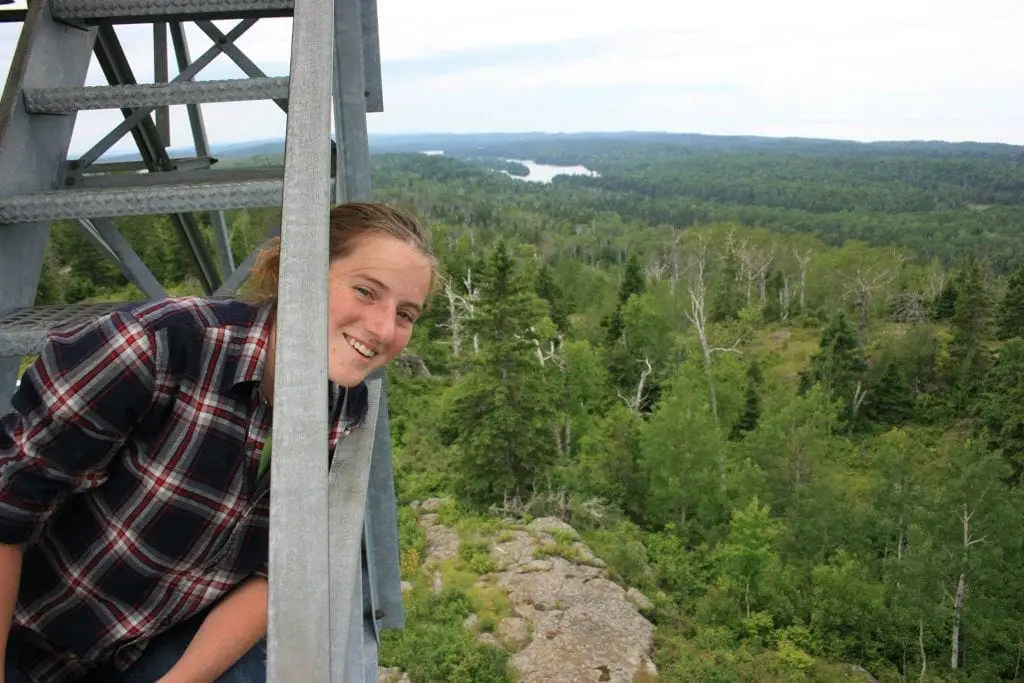
North of Lake Superior, the rugged beauty of Isle Royale National Park offers a perfect escape for those who fancy wilderness and solitude. It’s a secluded paradise, accessible via a quaint ferry or a small plane that leaves mainland Michigan. Once there, prepare to be enthralled by the scenic landscapes, rocky cliffs, and fascinating wildlife—a real-life Eden, untouched and unspoiled by human intervention.
Mackinac Island
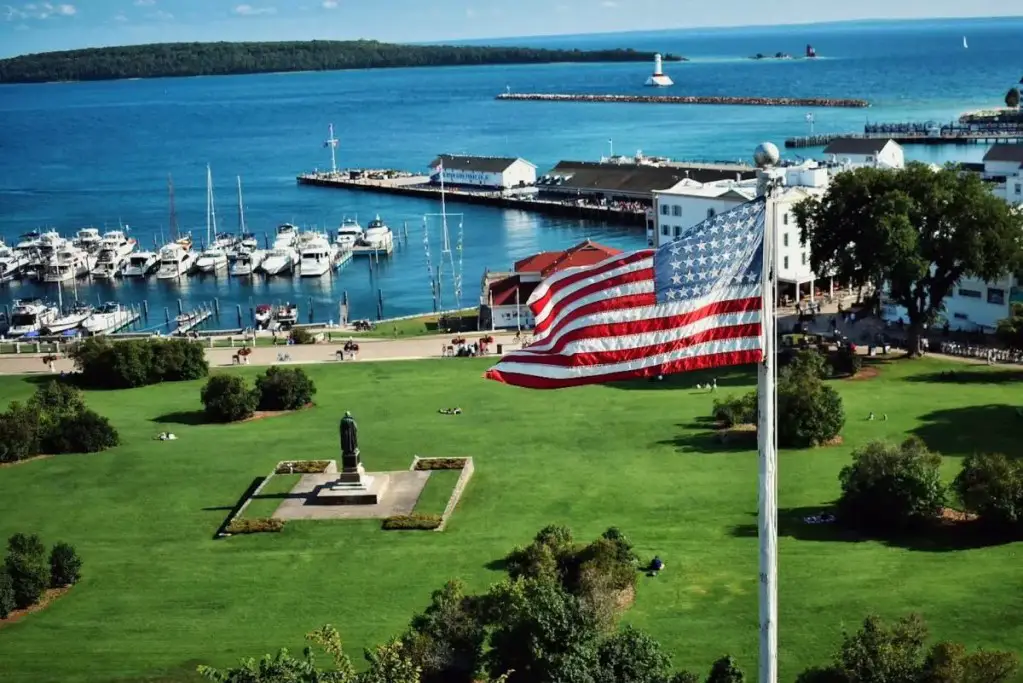
Venturing into Lake Michigan, a detour to Mackinac Island is a must. This car-free haven is a literal step back in time, where horse-drawn carriages and bicycles rule the road. The Victorian architecture adds to its charm, while the island’s eponymous fudge is a treat not to be missed. In Lake Erie, Pelee Island invites visitors with its serene beaches and unique vineyards, offering scenic bike rides alongside nature trails. Sandusky, a charming city on its shores, features stunning Victorian architecture and is renowned for Cedar Point – a spectacular amusement park with world-class roller coasters.
Bruce Peninsula
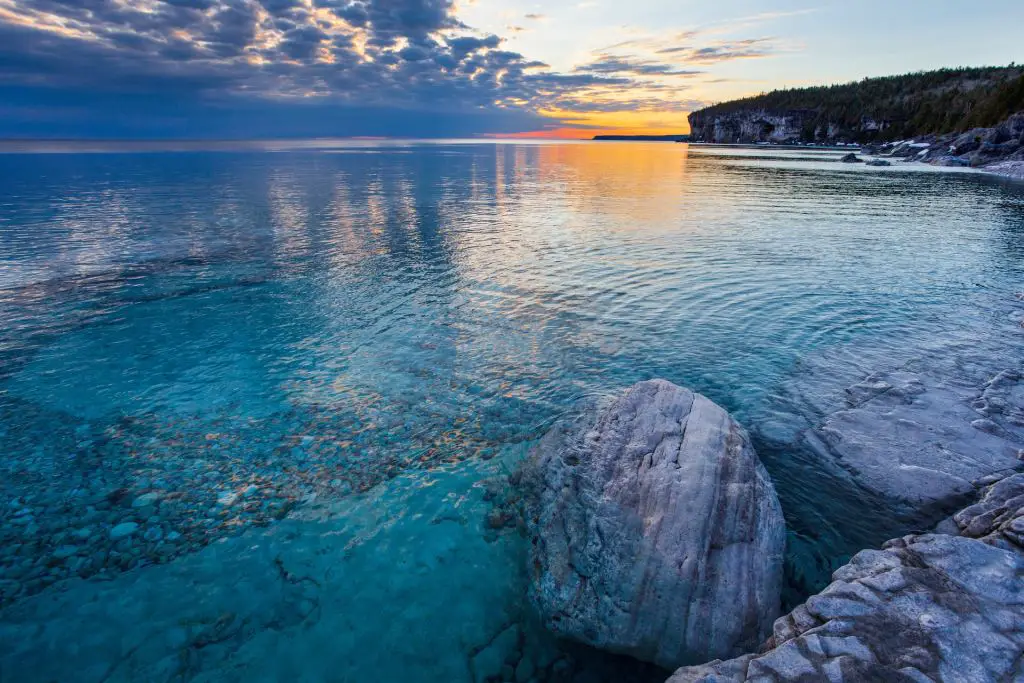
Over in Lake Huron, the Bruce Peninsula provides breathtaking turquoise water matched with picturesque landscapes. The region boasts of Fathom Five National Marine Park, where flowerpot-shaped rock pillars emerge from watery depths, and shipwrecks from times immemorial make for an exciting exploration opportunity.
Toronto
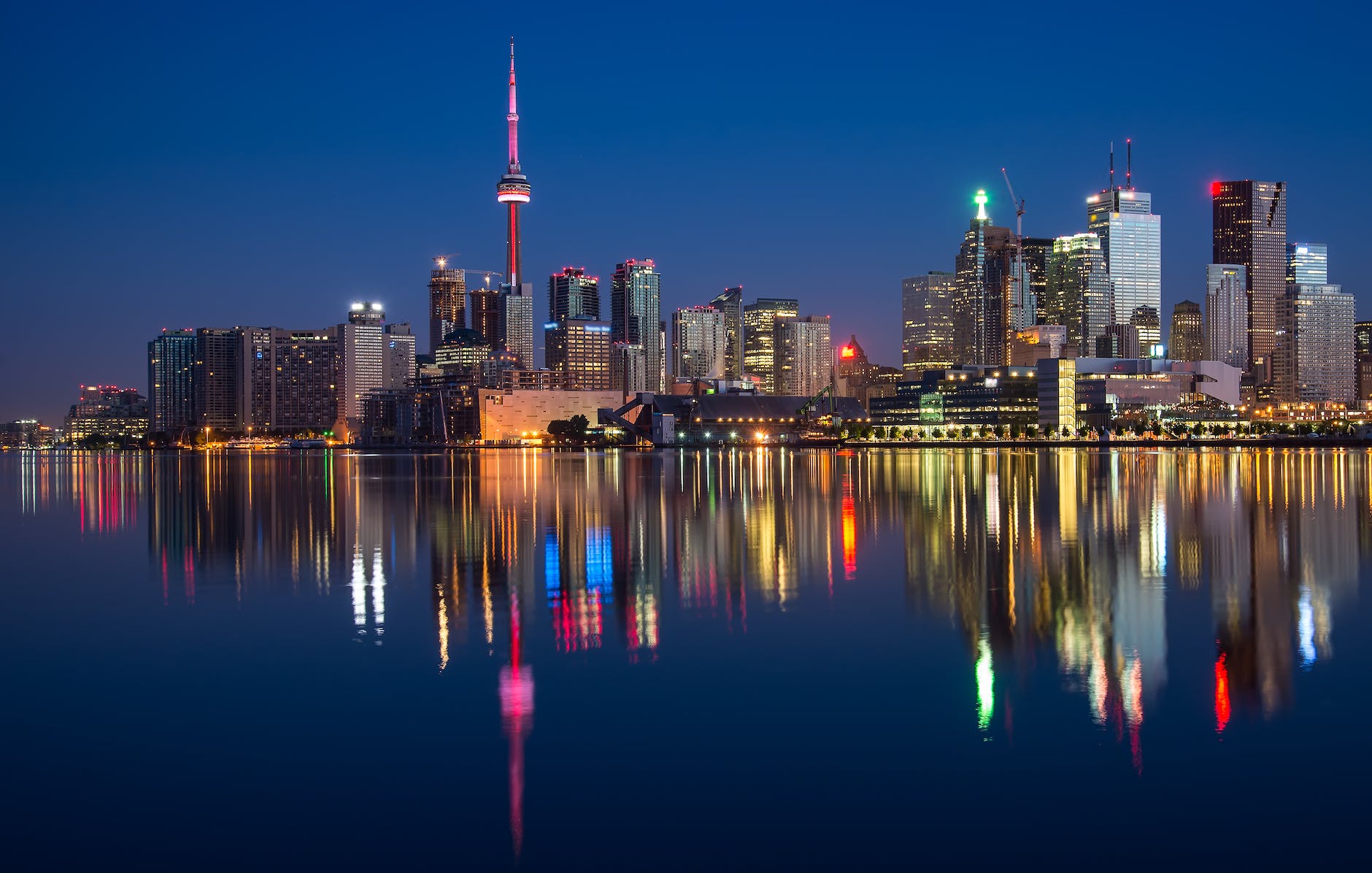
Lake Ontario’s must-visit spot is undoubtedly Toronto’s vibrant Waterfront, bustling with urban lifestyle diversions, world-class restaurants, and iconic landmarks. The nearby Thousand Islands also offer a unique sight, as the lake is dotted with these enchanting isles, each with its own unique story. Some are privately owned and home to grand mansions, while others host peaceful parks or intriguing ruins.
Other Places Of Interest
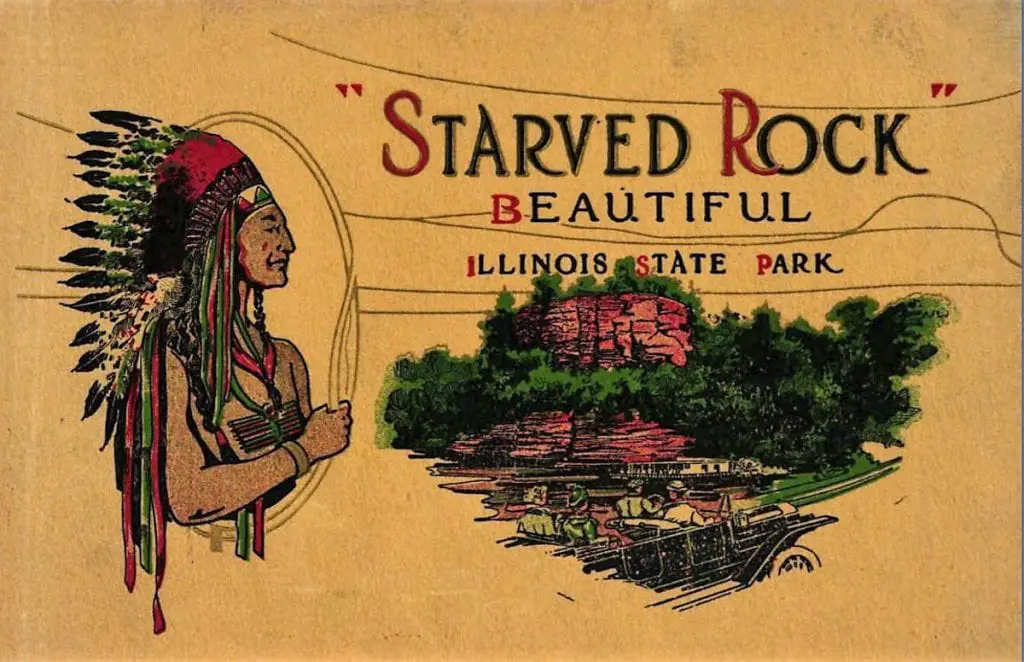
For those who yearn for less frequented treasures, the Lake Superior National Marine Conservation Area, the Starved Rock State Park on the Illinois Bay of Lake Michigan, and Cleveland’s Metro Parks in Ohio along the Lake Erie offer immense natural beauty and tranquil escape, furthering the Great Lakes’ reputation as a premier travel destination, filled to the brim with curiosity and charm.
Final Thought About – What Are The Great Lakes Names?
Now you know what are the names of the five Great Lakes. The magic of these lakes is in their ability to tell different stories to different people. Be the exploration of the majestic Lake Superior, the journey around the cultural treasure trove Lake Michigan, or the adrenaline-fueled adventures offered by Lake Ontario, Huron, and Erie – each experience leaves a lasting impression, transforming perceptions and encouraging discovery. While each lake possesses its own unique charm, taken together, the Five Great Lakes form a natural masterpiece that serves as both a haven for wanderlust spirits and a testament to the breathtaking beauty of North America.
Discover more from Thumbwind
Subscribe to get the latest posts sent to your email.

